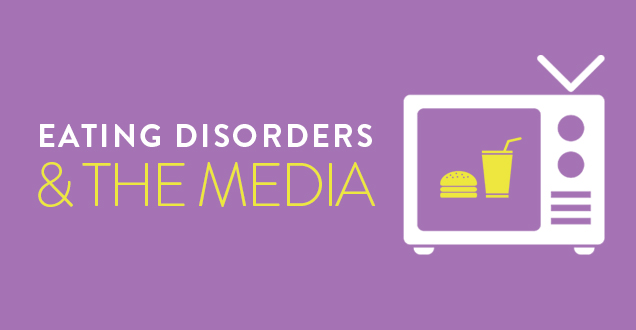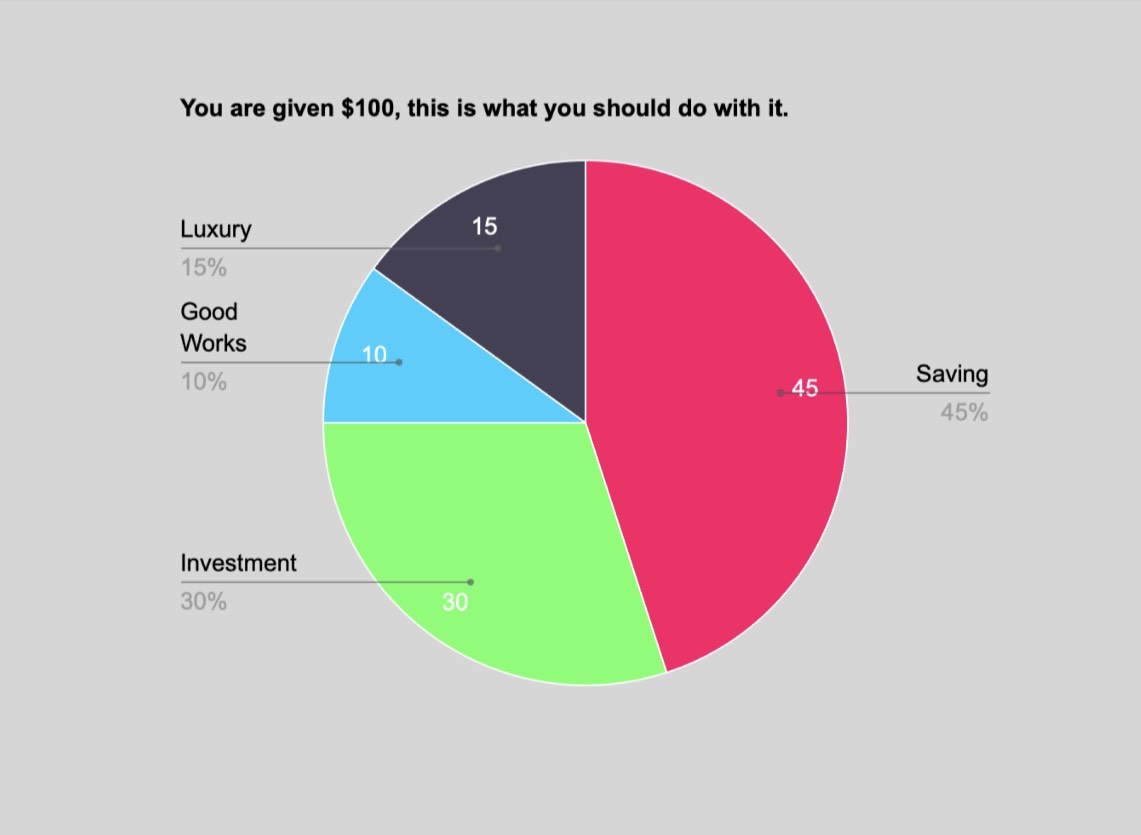By Julia Holsinger
Can you believe that twenty years ago, female fashion models weighed 8% less than the average woman? Surprisingly, that percentage has almost tripled in today’s fashion industry (Oakes).
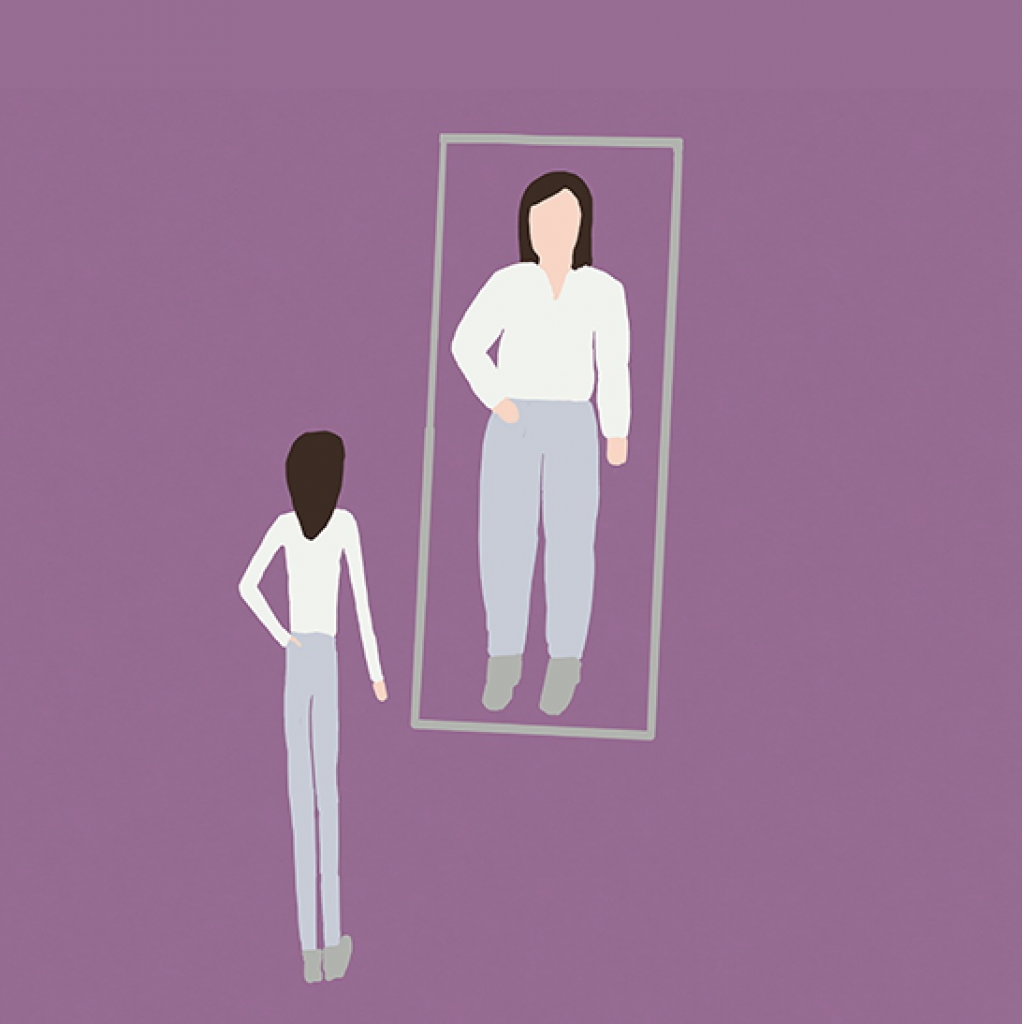
Current public broadcasts of the ideal American body are distorted and harmful to their audience. The number of cases dealing with eating disorders has increased exponentially in the past few centuries due to various factors. One of these is believed by many to be the media.
The media can be seen in several ways as responsible for the increase in eating disorders, including degrading peer pressure, unrealistic body ideals, and unhealthy diet recommendations.
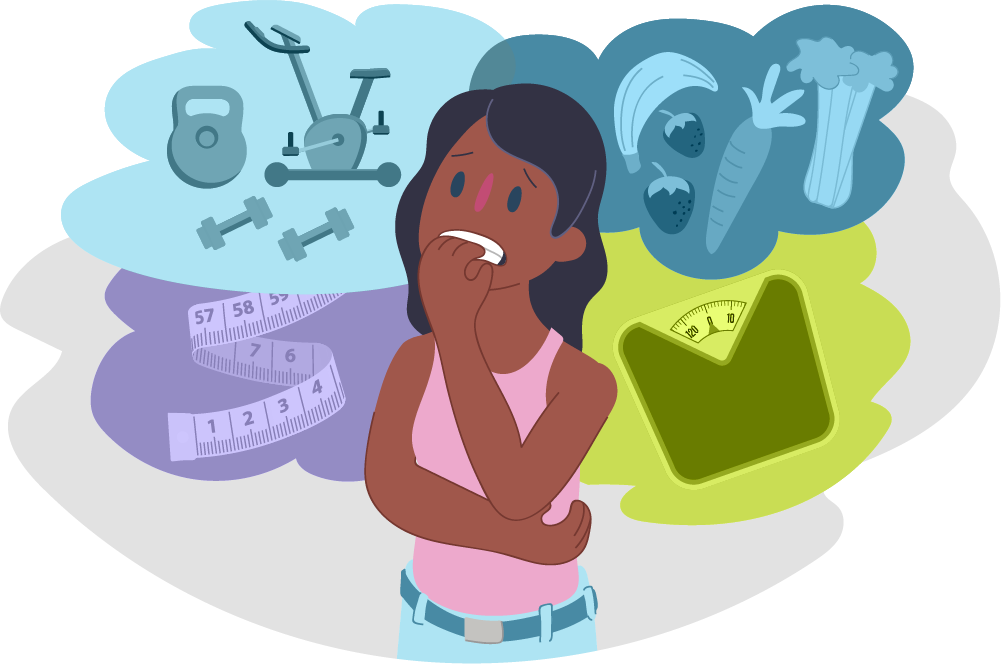
Primarily, degrading peer pressure is an evident aspect contributing to the media’s influence on the increase of eating disorders. The media encourages skinniness as a way to earn affection and respect yet decry “fat” as a societal atrocity. Men and women of all ages are pressed to be of acceptable weight and beauty, as standardized by the present twisted public.
According to the National Eating Disorders Association, within 13 countries, a total of 10,500 women agreed that angst concerning appearance is a worldwide problem on which the media is a main pressuring source. Seven in ten females from this group report a decrease in body positivity and an increase in anxiety regarding appearance and outer image, which they say is compelled by the media’s influence pushing for infallibility (NED).
In one specific survey, when females aged eleven to seventeen were asked what they would most like to change in their lives, a wide variety answered regarding the loss of weight and keeping it off (NCBI). This young population’s answers to the previously-mentioned survey are truly bothersome.
Secondly, the inflation of eating disorders can be attributed to unrealistic body ideals in the media. In the present, the average female weighs around 160 pounds, while the average female fashion model weighs about 123 pounds, 23% less (Oakes).

Naomi Wolf, a respected author, stated that the media is discouraging the female population by constraining them to unreachable beauty standards. Susan Ringwood stated, “The media is a powerful influence and we know how vulnerable some people… can be to its visual images in particular,” reinforcing the idea that media images of slender individuals can be detrimental to one’s own body image as well as emotional health (qtd. in NCBI).
Lastly, unhealthy diet recommendations play a key role in the media’s influence on the escalation of eating disorders. Many periodicals today include advice and tips for dieting and losing weight. Psychiatrists are concerned that many articles are lopsided, providing dieting instructions but not including the risks of practicing these diets (“Media”).
As people are exposed to the media’s portrayal of “healthy” throughout time, lines blur and the reality becomes unclear. Media can convince us that bad eating habits are not only correct but also innate, according to the National Centre for Eating Disorders.
In conclusion, standards of ideal beauty and outer appearance are perverted and damaging to today’s populace. Many forces can be blamed for the upsurge of eating disorders. Viewed by many, the media is widely considered as one of the stronger of these influential forces.
Demoting societal demands, unattainable body standards, and insalubrious dieting suggestions can all be observed as aspects for which the media is culpable for the increase of eating disorders.
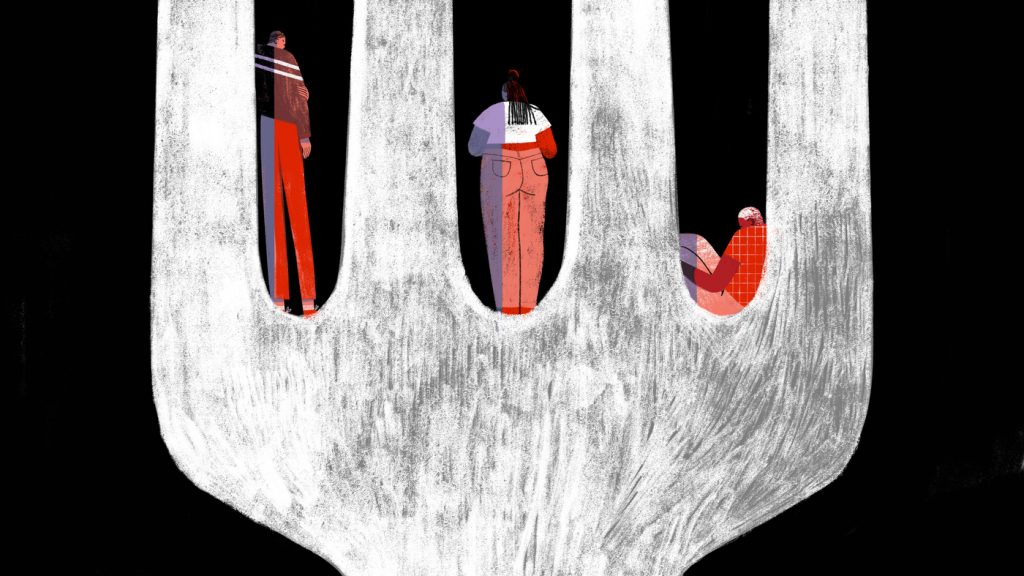
Resources
“Media Is Fueling Eating Disorders, Say Psychiatrists.” BBC News, BBC, 22 Feb. 2010, Web. 6 May 2018. <news.bbc.co.uk/2/hi/health/8528443.stm.>
NCED. “The Media & Eating Disorders.” National Centre for Eating Disorders, 2012, Web. 6 May 2018. <eating-disorders.org.uk/information/the-media-eating-disorders/.>
NEDA. “Statistics & Research on Eating Disorders.” National Eating Disorders Association, NEDA, 5 Apr. 2018, Web. 6 May 2018. <www.nationaleatingdisorders.org/statistics-research-eating-disorders.>
Oakes, Summer Rayne. “The Skinny of Fashion’s Body-Image Issue.” The Huffington Post,
7 Dec. 2017, Web. 6 May 2018. <www.huffingtonpost.com/summer-rayne-oakes/the-skinny-of-fashions-body-image-issue_b_3308004.html.>
Spettigue, Wendy, and Katherine A. Henderson. “Eating Disorders and the Role of the Media.” National Center for Biotechnology Information, NCBI, Feb. 2004, Periodical. 6 May 2018. <www.ncbi.nlm.nih.gov/pmc/articles/PMC2533817/pdf/0130016.pdf.>
